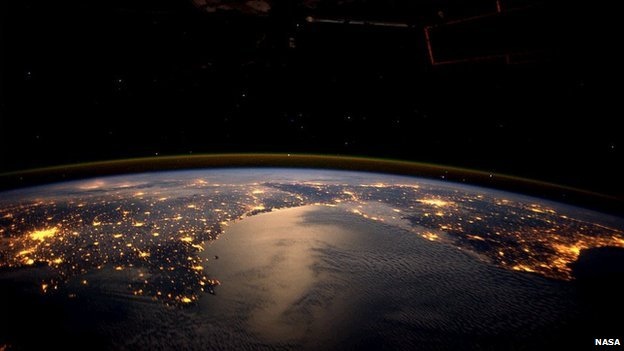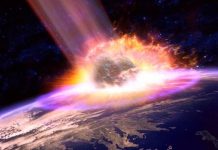
Unless space debris is actively tackled, some satellite orbits will become extremely hazardous over the next 200 years, a new study suggests.
The study was conducted for the Inter-Agency Space Debris Coordination Committee.
This is the global forum through which world governments discuss the issue of “space junk” – abandoned rocket stages, defunct satellites and their exploded fragments.
The space agencies of Europe, the US, Italy, the UK, Japan and India all contributed to the latest research, each one using their own experts and methodology to model the future space environment.
Simulated futures
They were most concerned with low-Earth orbit (that is, below 2,000km in altitude). This is where the majority of missions returning critical Earth-observation data tend to operate.
All six modelling groups came out with broadly the same finding – a steady increase in the numbers of objects 10cm and bigger over the 200-year period.
This growth was driven mostly by collisions between objects at altitudes between 700km and 1,000km.
The low-end projection was for a 19% increase; the high-end forecast was for a 36% rise. Taken together, the growth was 30%. These are averages of hundreds of simulations.
For the cumulative number of catastrophic collisions over the period, the range went from just over 20 to just under 40.
Somewhat worryingly, the forecasting work made some optimistic assumptions.
One was a 90% compliance with the “25-year rule”. This is a best-practice time-limit adopted by the world’s space agencies for the removal of their equipment from orbit once it has completed its mission.
The other was the idea that there would be no more explosions from half-empty fuel and pressure tanks, and from old batteries – a significant cause of debris fragments to date.
source: BBC Science













